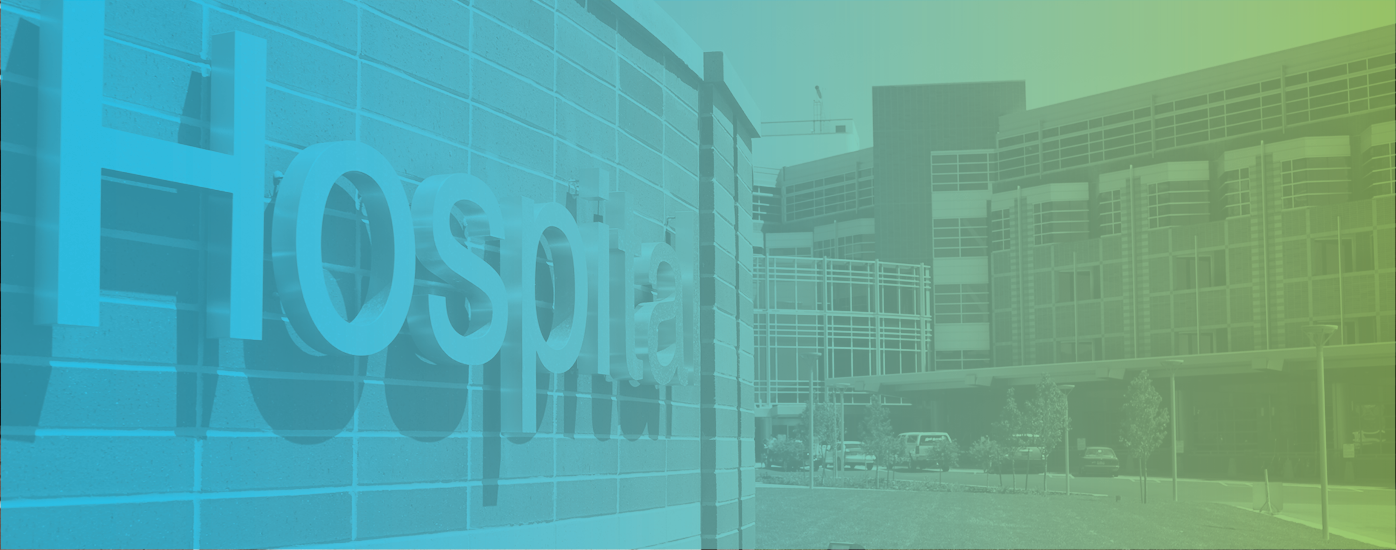Kamal Anand, chief product officer of TeleVox and Mosaicx, part of West Technology Group. In conversations across…

In the News: Becker’s Hospital Review
Self-scheduling is a high-priority enhancement for hospitals and health systems seeking to elevate patient access and make interactions with their organizations easier for the people they serve. This self-service feature and other similar patient-centered communication tools such as two-way, text-based interactions are especially timely as consumers demand more digital options to access and manage their healthcare.
Vik Krishnan, General Manager of Intrado Digital Workflows and Kamal Anand, Senior Vice President of Growth, Intrado Healthcare, spoke with Becker’s Hospital Review about how patient-centered communication tools can improve patient satisfaction, heighten engagement, and drive greater ROI for healthcare organizations.
More engaged, more satisfied patients…
Digital communication channels like text messaging, are heavily preferred by patients. In general, these individuals don’t want to be forced to pick up the phone to manage routine healthcare interactions like appointment scheduling and rescheduling. One study found that nearly 70% of patients want to be able to self-schedule appointments online—but only 37% can currently do so.
Two-way, asynchronous interactions between patients and the health system can make self-scheduling a reality. Bidirectional messages that allow individuals to respond and take action on their healthcare result in higher engagement rates. Patients are more likely to stay in contact about their care because the communication occurs when and where it works best for them. Insights like these are now placing the onus on the healthcare system to be more patient-friendly, accessible, and digital.
…translates to more revenue for health systems
The trend toward patient-centered communication tools benefits healthcare organizations, too. While digital interactions are certainly necessary to effectively meet patient expectations, hospitals are tackling experience improvements along with other pressing priorities. These organizations must implement solutions that relieve the burden on their staff members, bolster visit volumes, and drive revenue.
Self-scheduling supports all of these goals by automating many types of common patient outreach via two-way text messaging or IVR phone outreach without requiring staff members to lift a finger to place a call or update a person’s record. As a result, staff members have more bandwidth to focus on getting in touch with harder-to-reach individuals and direct patient care.
Most health systems are in the early stages of their patient engagement journeys. Yet advanced technology available today can launch organizations from “Stage A”—leveraging basic, one-way notifications like appointment reminders—to capturing significant ROI in just months. Automation doesn’t have to be a daunting task, especially amidst pressure to address staffing, revenue, and care outcomes.
Read the full article here to learn more about the evolution of end-to-end, streamlined, digital engagement.



